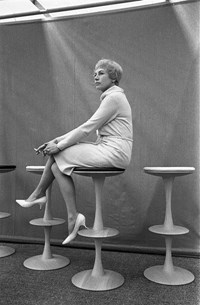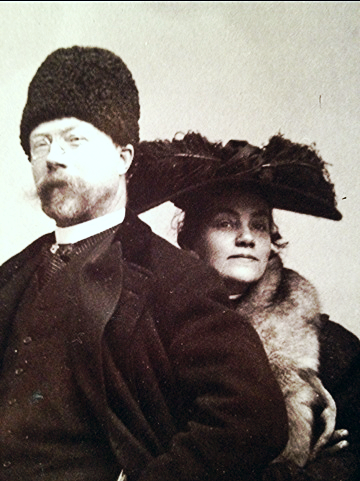These brackets were designed in 2013 for an exhibition. Since then, several dozen more have been made and soon will be available for purchase. For now, check out recent images of the process. These brackets were milled and trimmed to size at sculptor Jon Kessler's studio in Brooklyn, NY. Thanks for lending your space Jon, xo
THE INLAY
Lines are like magic. In space, they can adorn or even change perception of a room. In recent research for a project, the use of inlay became a the source for embellishment of a material, branding, and in dividing space.
The following images outline the use of an inlay in a series of applications - as a construction detail, to furniture, as surface treatment.
Cigue is a Paris based Interior Architecture studio. Projects marry construction and design such that the process is simple and visible in their design work. See more of their work HERE
.
Adornment is integrated within the buildout, palette is defined by the material used. The result is clean, unpretentious, financially reasonable and effectively brands the space.
"Tarkashi, or the craft of brass inlay in wood, can be traced back to the late 19th century. Like wood carving, it was closely associated with architecture. Floral and geometric designs were inlaid through a painstaking process into the surface of hard woods. The earliest products were khadaun, wooden slippers worn by pious Hindus who considered leather footwear to be unclean. Contemporary products often combine brass inlay with wood carving, and include articles like tables and boxes."
Master bit & spur maker Bill Heisman show one method of inlaying fine silver sheet into steel. Part 3 of 3
Stitched and Sewn
They Might be Giants: Women of Scandinavian Design
As an extension of last week's post, this week's post highlights the WOMEN that have impacted Scandinavian design and some their works. The line-up required a fair amount of digging, but I came back with some gems. These women are notable not only for their work as product designers, but also for their participation in the visual arts, packaging, and the literary scene during their time. Make sure to click on the links to get more information about each of their trailblazing careers -
GRETE JALK
Grete Jalk, Plywood GJ Chair (1963) , is considered Jalk's best known work. Still in production - Get it HERE
Hella Jongeirus book Misfit is the most comprehensive monograph of her work to date. Check out an in depth look at the design and production of the book below. - a book worth HAVING
Dutch Industrial Designer Takeover Queen, Hella Jongerius - Inspiration for her Onyx Table in here series, Gemstone Tables. See the full line HERE
Hella's process / research
MAJIA ISOLA
NANNA DITZEL
Nanna Ditzel : master cabinetmaker and historical trailblazer
Back and Overview of Nanna Ditzel's 1989 Bench for Two.
Karin Larsson's early 1900's rocking chair. See images of the exhibition dedicated to her work at The Katrinetorps Farm in Malmo HERE
The Four Elements, by early 20th century Swedish designer Karin Larsson.
Jalk avidly contributed to literature on Danish furniture. From 1956-1962 she, along with Gunnar Bratvold, edited the seminal design furniture and interior design magazine Mobilia. Together, they edited four volumes.
HELLA JONGERIUS
Hella Jongerius Quartz Table from the series, Gemstone Tables
Hella's Dragonfly table
It was Maija Isola's bold designs that made Marimekko famous in the 1960s. She was influential in interpreting the events of the era and forecasting trends, and drew inspiration from traditional folk art, modern art, nature and her travels around the world. Her body of work, under Marimekko includes more than 500 prints.
Nanna Ditzel, Bench For Two (1989)
Ditzel, otherwise known as the "First lady of Scandinavian Design", like other women in her generation, came up during time when the field was mostly male dominated. Trained as a cabinetmaker at the Royal Academy of Fine Arts, her work was multifaceted to include jewelry, ceramics and textiles. Read more of her story HERE
KARIN LARSSON
Larsson, an avid textile and furniture designer was the wife and muse of the late, Carl Larsson. The textile depicted here is attached to her original loom. While raising her eight children, Larsson still designed all the furniture and textiles in her home. Above: Larsson at her loom
Karin Pictured here with her husband, Carl Larsson






















